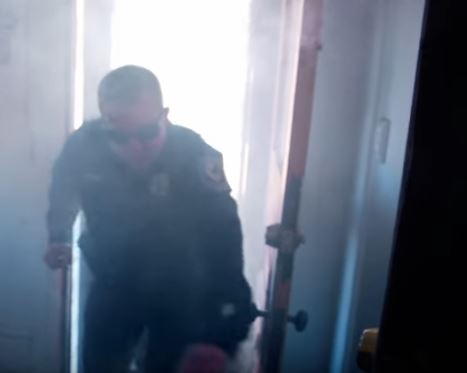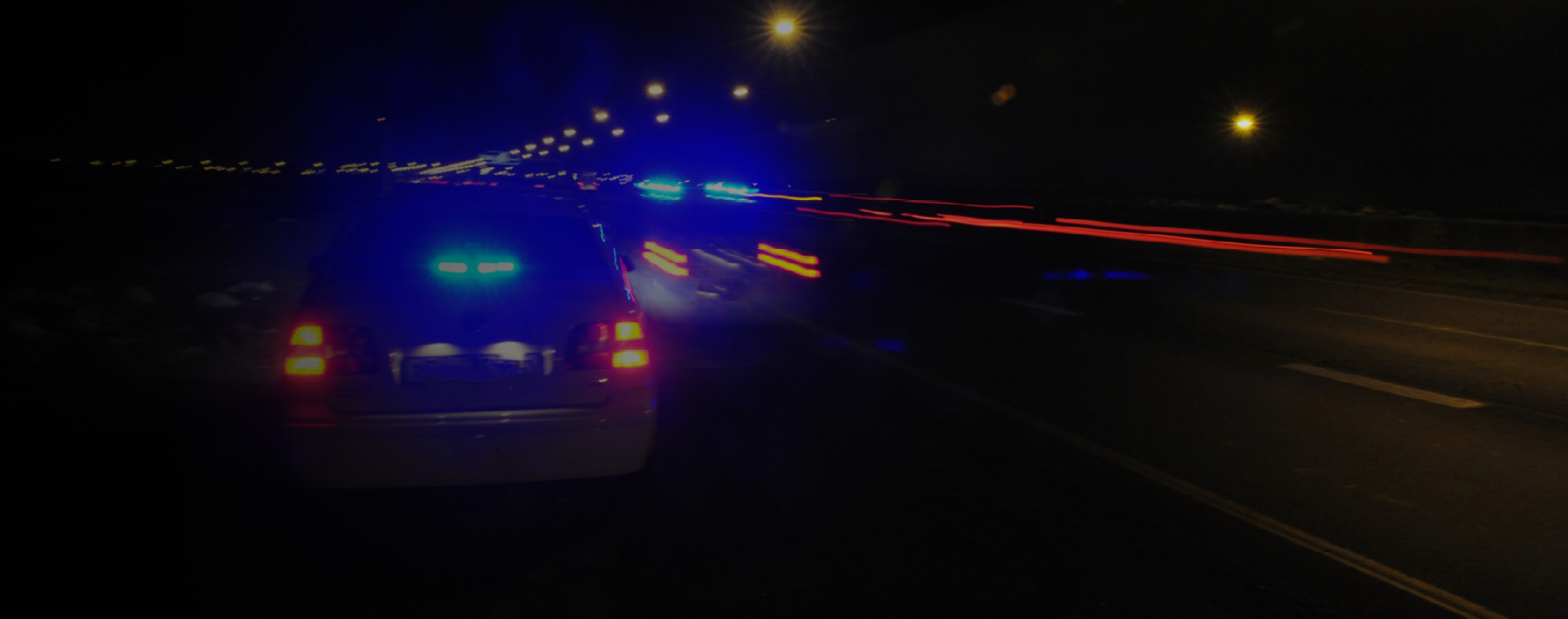Law enforcement officers often arrive at fire scenes before firefighters. Their actions, therefore, can have life or death impact. Each year officers risk their lives to save trapped fire victims. Unfortunately, each year there are also many incidents where officers’ actions have the potential to complicate and even worsen a fire scene.

Just launched this week by the International Society of Fire Service Instructors (ISFSI), “Safe Law Enforcement Operations on the Fireground” incorporates research from groups such as UL and the National Institute of Standards and Technology (NIST) to educate officers on the actions they should and shouldn’t take when they arrive before the fire department.
The program’s introductory video breaks law enforcement response to fires into three steps:
- Access – Position patrol vehicles so they don’t block the building or hydrant access; control traffic; prevent civilians on scene from entering the fire building.
Rescue – Conduct a scene size-up to evaluate risk. Is there smoke showing? Fire showing? What does it smell like? If there are reports of trapped people, officers should only enter after considering risk vs. reward. If fire department personnel are close, it may be better to stay out of the building and provide firefighters with the information you’ve gathered.
Control – Limit the flow of fresh air to the fire, close doors behind you if you do enter the building, and use your fire extinguisher if it’s a safe option.
Key to the ISFSI program is the incorporation of new understanding about fire behavior. Today’s buildings are constructed out of materials that burn much more quickly than they used to; even old houses are full of furnishings made of modern fabrics and materials that are highly combustible. UL and NIST have demonstrated that within this “modern fireground” environment, controlling the fire often depends on limiting the flow of oxygen.
While an officer’s first instinct may be to “open up” the building and provide escape methods by opening doors and breaking windows, this can actually have the opposite of the intended effect, making the fire grow larger and creating worse conditions for victims.
“Oxygen, heat and fuel are the necessary ingredients for most fires,” says Brian Kazmierzak, Second Vice-President of ISFSI and Chief of Training for Penn Fire. “As police officers, the only one of these you will most likely have the ability to control is the limitation of oxygen by closing or controlling doors and refraining from breaking windows.”
Check out the video for more information, including a list of dos and don’ts for law enforcement response to fires.
“Safe Law Enforcement Operations on the Fireground” will start with a free pilot program at the Delaware County Emergency Services Training Center in Sharon Hill, PA on Jan. 25. Following that program, the ISFSI will announce future classroom offerings as well as additional resources. Stay tuned!




